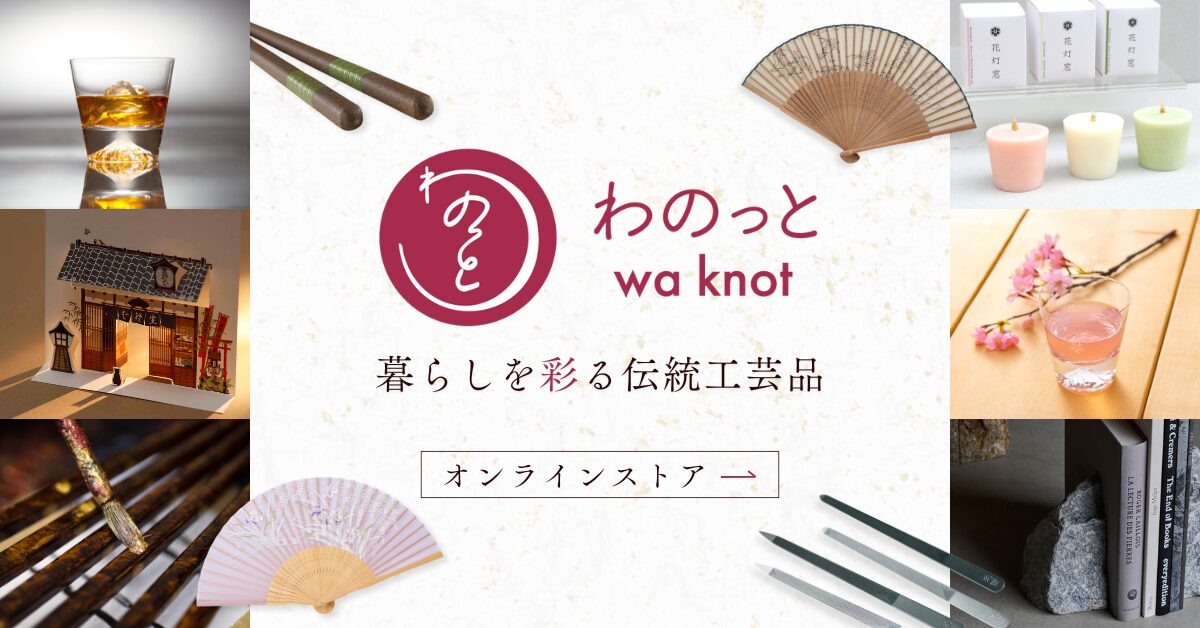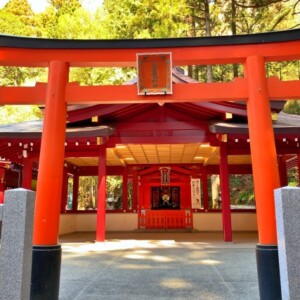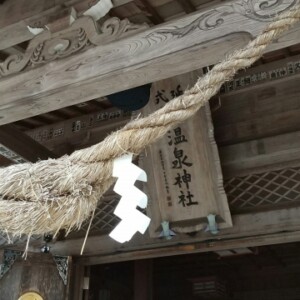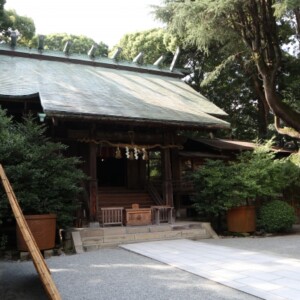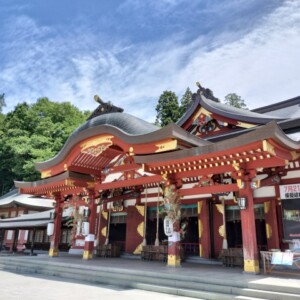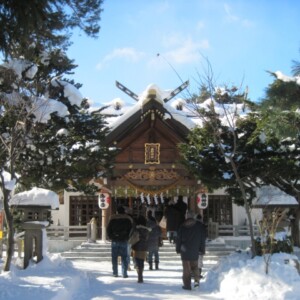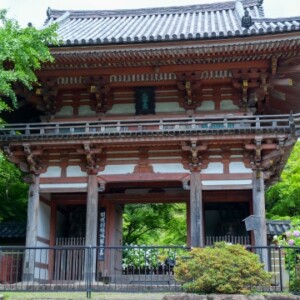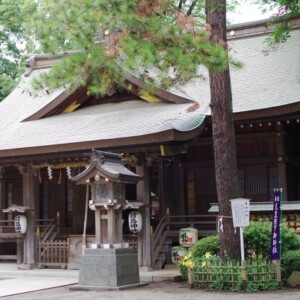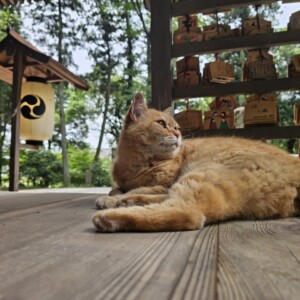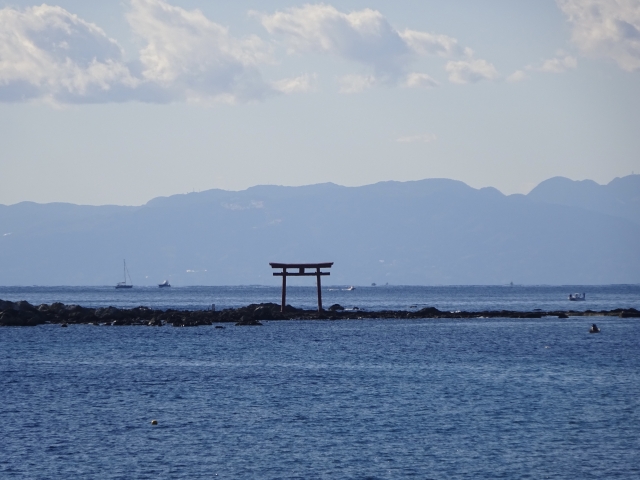
Morito-daimyojin|Complete guide to the history, highlights, and worship information of this historic shrine
Morito Daimyojin, located on the beautiful coastline of Hayama-cho, Kanagawa Prefecture, is an 850-year-old shrine founded by Minamoto no Yoritomo. It continues to be loved by many worshippers for its spectacular view overlooking Sagami Bay, and for its blessings of marriage, good luck, and protection from bad luck.
Outline and basic information about Morido-daimyojin
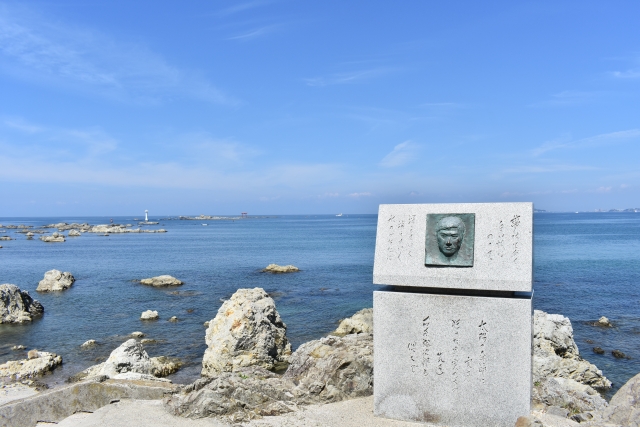
Morito-daimyojin is a shrine located in Hayama-cho, Miura-gun, Kanagawa Prefecture, and is also officially called Morito Shrine. It was founded by Minamoto no Yoritomo in 1180, and was built by invoking a branch spirit of Mishima Myojin (present-day Mishima Taisha Shrine). As the general guardian of Hayama Township, the shrine attracts many worshippers from all over Japan as well as local residents.
The shrine is dedicated to two gods, Oyamatsumi-no-mikoto and Kotoshironushi-no-mikoto, and is known to bring blessings for good fortune, good health, easy childbirth, childbirth, good marriage, family safety, business prosperity, traffic safety, love fulfillment, and improvement in the arts and crafts.
History and Origin
The history of Morido-daimyojin dates back to the late Heian period. In 1160, Minamoto no Yoritomo, who was defeated in the Heiji Rebellion and exiled to Izu, deeply believed in Mishima Myojin and prayed for the revival of the Minamoto clan. Later, when Yoritomo succeeded in raising an army and ruling over the country, he invited the spirit of Mishima Myojin to this place in Hayama, near Kamakura, as a token of his gratitude.
According to Azuma Kagami, successive shoguns themselves visited this place to perform such military events as horseback archery, kasagake, and sumo wrestling. During the Kamakura period (1185-1333), the shrine attracted the faith of the Minamoto clan and other important Kamakura figures, and played a particularly important role as a place of prayer for the Miura party.
After the Muromachi period (1333-1573), the shrine continued to be revered by the Hojo and Ashikaga clans, and in 1591, Tokugawa Ieyasu donated seven koku of the shrine’s territory to the shrine. During the Edo period (1603-1868), the shrine was visited by Mitsukuni Tokugawa (Mito Komon) in 1674 and by Empress Dowager Eisho in 1892, and has continued to enjoy the devotion of the imperial family and the Tokugawa family.
Deities and Benefits
The two main deities of Morido-daimyojin are Oyamazimi-no-mikoto and Kotoshironushi-no-mikoto. Gionshi-no-mikoto is known as the god of the mountains and the sea, while Kotoshironushi-mikoto is believed to be the god of business prosperity and marriage.
Kotoshironomi-no-mikoto is also known as Ebisu-sama, the god of marriage and prosperity, and is visited by many women who wish for the fulfillment of their love and a good marriage. The shrine is also known for its blessings for the safe delivery of children, and is a sacred place where many couples and pregnant women visit to pray.
There are several shrines within the precincts of the shrine, each with special blessings. At the Oseki-inari Shrine, visitors can pray for cough remedies and healing of illness, at the Suitengu Shrine for childbirth and safe child-rearing, at the Soreisha Shrine for domestic tranquility, and at the Chokureisha Shrine for the health and longevity of livestock and pets.
Highlights and Features of Morido-daimyojin

Morido-daimeishin is one of Hayama’s most popular tourist attractions, combining historical architecture with beautiful natural scenery. From the temple grounds, visitors can enjoy a magnificent view of Sagami Bay, and on a clear day can even see Mt.
Architectural and Structural Attractions
The present main shrine was built in the Kamakura period (1185-1333) and boasts a history of over 400 years, and is designated as an “Important Cultural Property of Hayama Town. The beautiful vermilion-lacquered shrine pavilion is also popular as an excellent photo spot with the sea in the background.
The grounds are dotted with cultural assets of great historical value, each telling a story of the shrine’s long history. A monument in honor of Dr. Bälz and Minister Martino was erected on the grounds of the shrine. They were the ones who introduced Hayama as a recreation area in the early Meiji period, and were the catalysts for the development of the area as a vacation home for the Imperial Family and government officials.
The stone steps from the approach to the main shrine provide a pleasant place to walk while feeling the sea breeze. Monuments related to Minamoto no Yoritomo, Emperor Meiji, and Mr. Yujiro Ishihara have been erected in various places in the precincts of the shrine, making it possible to enjoy a walk through history.
Nature and scenic beauty
The greatest attraction of Morito-daimyojin is the spectacular view of Sagami Bay that spreads out before you. The precincts of the shrine and the beautiful scenery, including the torii gate floating on the sea, continue to attract many worshippers.
The vermilion torii gate of “Nashima (Nashima Island)” floating 700 meters offshore from the shore behind the shrine and the adjacent “White Hayama Lighthouse (Yujiro Lighthouse)” are photo spots that symbolize the coast of Morido and the shrine. On a fine day, visitors can enjoy the spectacular view of these sights combined with Mt.
Within the shrine grounds stands a towering Byakushin, a sacred tree said to be approximately 800 years old. It is called hibikakushin because it is said to have sprouted after flying from Mishima Myojin when Yoritomo made a visit to the shrine. This hibikakushin is designated as one of the “100 Famous Trees of Kanagawa” and a natural monument by the town of Hayama, and has become a symbol of the shrine.
There is a historical episode in which Yoritomo, on his way to Kinugasa Castle, the headquarters of the Miura clan, stopped by the pine tree and praised it as “a rare pine tree indeed.
Cultural Properties and Important Collections
A number of valuable cultural properties are preserved at Morito-daimyojin. These include the Morido Shrine Hall (designated as an important cultural property by Hayama Town), the Morido Shrine’s Kushinto (a pagoda of historical significance designated by Hayama Town), the monument in honor of Dr. Bälz and Minister Martino (designated as an important cultural property by Hayama Town), and the Morido-daimyojin Byakushin (a natural treasure designated by Hayama Town).
The shrine also houses an O-men mask, a Sarutahiko mask (by Unkei), and an inkstone box, all of which attest to the shrine’s long history and prestigious status.
Stone monuments erected throughout the shrine grounds are another highlight of the shrine. The monuments are dotted with famous people from various periods, such as those of Minamoto no Yoritomo, Emperor Meiji, and Yujiro Ishihara, each of which has an interesting historical background. By visiting the shrine while walking around these stone monuments, visitors can feel the long history that Morito-daimyojin has gone through.
Guide to Worship and Visiting the Shrine
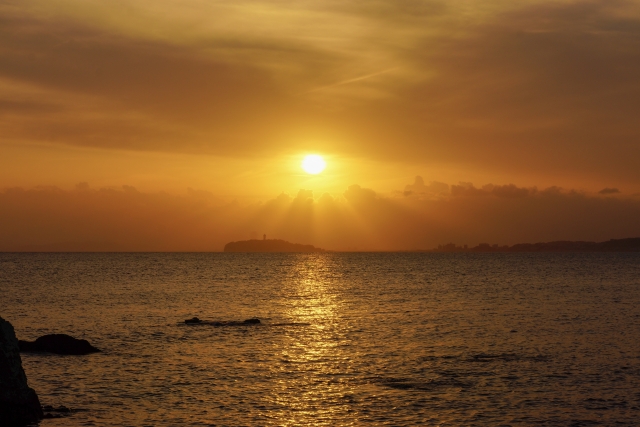
At Morito-daimyojin, heartfelt worship in accordance with ancient manners is valued. In the beautiful precincts overlooking the sea, let us pray with gratitude to the gods and make our wishes known.
Worship Etiquette and Manners
Visiting Morito-daimyojin is done in accordance with general shrine etiquette. First, bow at the entrance to the approach to the shrine, then purify your hands and mouth at the handbasin before heading to the main shrine building. When worshipping at the shrine, please follow the “Ni-worship, Ni-appeato-Ichi-worship” manner and pay your respects with all your heart.
The beautiful scenery of the precincts of the shrine can be enjoyed with the ocean as a backdrop, but do not forget to be considerate of other visitors when taking pictures. Be sure to visit the shrine quietly, especially in front of the main shrine building. In the beach area behind the precincts, you can go down the stairs to the edge of the waves and spend a special time in prayer to express your gratitude to the God of the Sea.
Purifying salt is also offered at the shrine. Morito Shrine enshrines two gods, Oyamago-no-Mikoto and Kotoshironomi-no-Mikoto, and salt offered at the shrine grounds is expected to be effective.
Annual and Seasonal Events
Various festivals are held throughout the year at Morito-daimyojin. On the 1st and 15th of each month, the Tsukikubusai and Tsukiji Matsuri are held at 9:00 a.m., praying for the safety of the community and the happiness of all visitors.
In the fall, the Shichi-Go-San (Seven-Five-Three Festival) season is celebrated, and costume exhibitions and reservations are held. The annual festivals of the shrines in the precinct are also important annual events. The Suga Shrine Festival is held on the first Sunday in July, the Shinmeisha Festival on the third Sunday in August, and the Moriyama Shrine Festival on the last Sunday in August.
On September 7 and 8, the Oseki-inari Shrine also holds its annual festival, attracting many worshippers to pray for cough relief and healing from illness.
Red Seal and Charm Information
Morito-daimyojin offers beautiful red seals, which are popular with many visitors as a memorial to their visit. They are available from 9:00 a.m. to 5:00 p.m. (year-round) and are carefully written at the shrine office.
As for amulets, various types are available according to the shrine’s unique benefits. The shrine has long been famous as a god of marriage, and a love charm featuring a pink bivalve shell is very popular. Other amulets with various benefits are also available, including those for good luck and protection from bad luck, easy childbirth, child bearing, family safety, prosperous business, traffic safety, and improvement of skills and arts.
Each shrine has its own special talisman, with the Oseki-inari Shrine offering a cough medicine talisman and the Suitengu Shrine a charm for safe delivery and childbirth.
Access and Visiting Information

Morito Daimyojin is located along the coast in the town of Hayama, Kanagawa Prefecture, and is easily accessible from central Tokyo. Both public transportation and private vehicles can be used to visit the shrine.
Transportation Access
By train and bus, the closest station is Zushi Station on the JR Yokosuka Line; from Zushi Station on the JR Yokosuka Line, take the Keihin Kyuko Bus bound for Hayama Isshiki (Kaigan-bound) from the East Exit #3 bus stop (Zushi 12); the bus takes approximately 15 minutes and the Morito Shrine is a 1-minute walk away.
By Keihin Kyuko Railway, take the Zushi 12 bus bound for Hayama-Isshiki (coast-bound) from the Keihin Kyuko Bus South Exit #2 bus stop at the end of Zushi and Hayama Stations, and the Morito Shrine stop is a one-minute walk away in about 15 minutes.
To access by car, take the Zushi Interchange on the Yokohama-Yokosuka Road toward Kamakura via Zuyo-Shin-do. Go straight through the Nagara intersection, go under the tunnel, turn left at the Nagisabashi intersection, go straight through the Hayama-Motomachi intersection, cross the Moritobashi bridge, go straight for about 100 meters, and turn right, and you will see the torii gate on the right.
<Address> 1025 Horiuchi, Hayama-cho, Miura-gun, Kanagawa Prefecture, 240-0112
Hours of Admission, Fees, and Parking Information
Morido-daimyojin is free to visit and no fee is required. The shrine is open 24 hours a day, but the reception desk is open from 9:00 a.m. to 5:00 p.m. (all year round). The shrine office is open from 9:00 a.m. to 5:00 p.m. (all year round), during which time red seals, amulets, and various prayer services are available.
Parking is available for 105 vehicles (standard cars) in the “Times Morito Daimeishin Parking Lot” on the shrine grounds. Visitors to the shrine may use the parking lot free of charge for up to 30 minutes, after which there is a charge. Since crowds are expected during peak seasons such as bathing season and Hatsumode (New Year’s visit to the shrine), public transportation is also recommended.
The temple grounds are designed to be barrier-free and wheelchair-accessible. However, some areas, such as the stairs to the seashore side, have steps, so it is recommended to check in advance.
Refer to the following websites
Morito Shrine (Morito-daimyojin) official website: https://www.moritojinja.jp/


